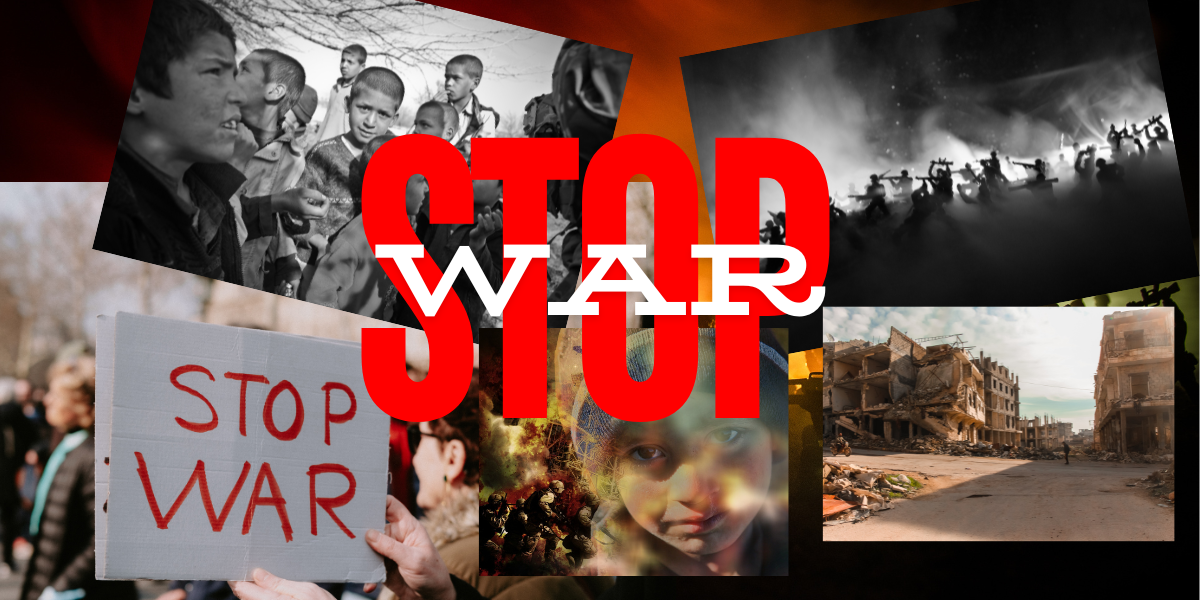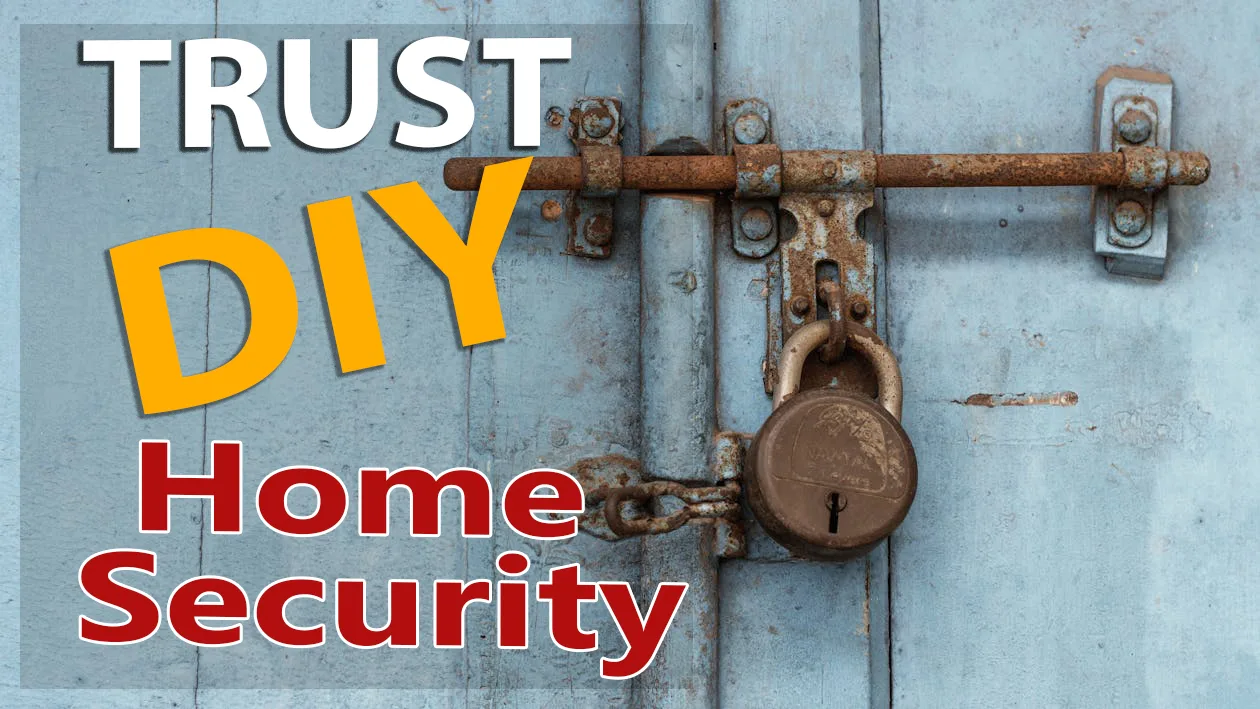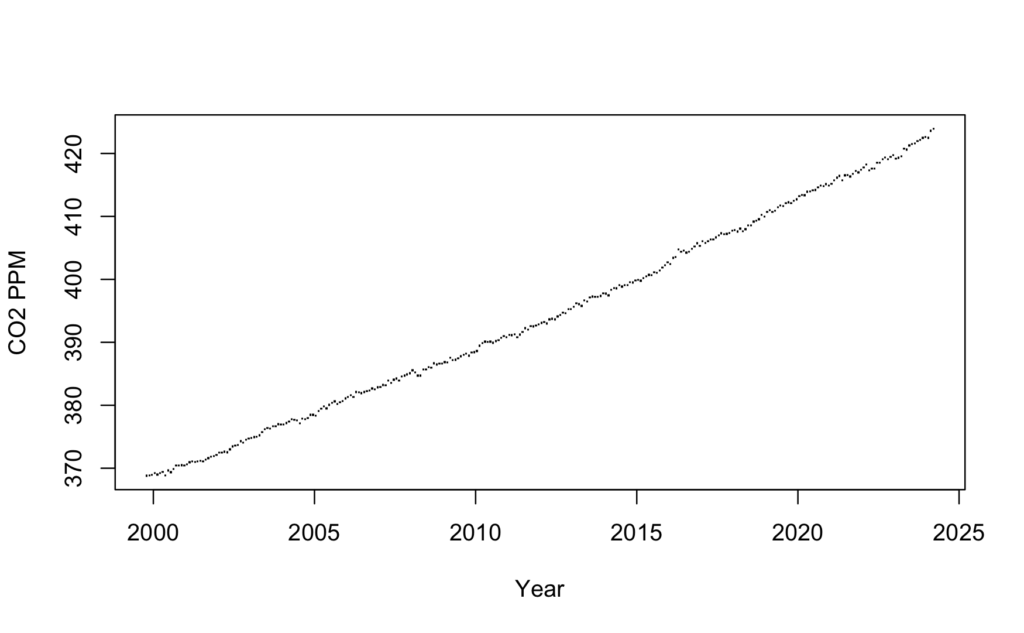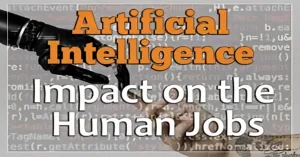![]()

The story behind all eyes on Rafah
What is “All eyes on Rafah”?
When did this go on to occur?
According to Reuters, the assault took place on May 26 at a camp near Rafah for the evacuated people. This resulted in Hamas terminating rockets near Tel Aviv.
UNRWA reports that Gaza is a “horrendous spot” due to ongoing conflict, with families seeking security and no protected areas. Hamas-run assaults killed 35 and injured many, highlighting the need for a “truce now” to protect residents and save the workforce.
The Israeli military claimed to have used “attentive information” and allegedly killed two senior experts.
Almost 45 million individuals have shared photographs of tired Palestinians living in tent camps on Twitter and Instagram. Unquestionably, the image highlights stars from Hollywood and Bollywood. “Scrutiny on Rafah” is the caption.
The “Focus on Rafah” crusade intensified as the world condemned Israel for setting fire to a tent camp in Rafah, highlighting Israel’s ongoing inundation of the Gaza Strip.
The picture has a distant mountain background with the expression “All Eyes on Rafah” printed over sections made out of white tents. I would like to find out whether this is an illustration of positive artificial thinking (copied information).
Rafah City’s past
Rafah, located in the southern Gaza Strip, is the capital of the Rafah Governorate. With 171,889 inhabitants in 2017, it was home to over 1.4 million Palestinians as of February 2024. During the conflict between Israel and Hamas, Rafah was occupied by Israel, which also conducted ground assaults in Gaza City and Khan Yunis.
Following the 1948 Palestine War, Egypt established exile camps for Palestinians who escaped or were taken from Israel. The Israel Protection Powers (IDF) killed 111 Palestinians during the Suez Emergency, 103 at Rafah camp, and took the Gaza Strip and Sinai Projection from Egypt during the 1967 Six-Day War. IDF forces also obliterated 144 homes in the Rafah evacuee camp, resulting in 23 Palestinian deaths.
In 1982, Israel’s withdrawal from Sinai led to Rafah’s division into Egyptian and Gazan segments, causing displacement and the creation of a massive aid region.
The Rafah Line Crossing marks the convergence between Egypt and the Gaza Strip.
Egyptian and Ottoman Periods
Rafah, located in the Nahiya of Gaza, was inhabited by fifteen Muslim families in 1596. They collected taxes on crops and territories. In 1799, Napoleon’s French Enormous Number of the Orient passed through Rafah as part of his invasion of Egypt and Syria. Rafah broke the line between Syria and Egypt, and Muhammad Ali’s Egyptian realm took control in 1832.
In 1863, French traveler Victor Guérin discovered Bab ell MediNet’s stone backbones in Rafah, while Archduke Ludwig Salvator noted weak stone assistance centers in the area.
British Period
In 1917, the English occupied Rafah as an organizing area for their main operation to capture Gaza. Rafah’s English army bases served as a financial draw, causing internal developments. In 1922, the English estimated Palestine to have 599 Muslims, but by 1931, the population had grown to 1,423 residents in 228 homes, all Muslim.
According to the government’s 1945 Town Estimations report, Rafah had a total Muslim population of 2,220 and 40,579 dunams of land. 16,131 dunams were uncultivable ground, 24,173 were cereals, and 275 dunams were estates and irrigable land.
Rafah City, 1948–1967
During the 1948 Center-Eastern Israeli Battle, Egypt managed Palestinian camps. In 1956, Israeli Guardian Power fighters killed 111 Palestinians, including 103 evacuated, at the Rafah camp during the Suez Emergency. The Allied Nations couldn’t conclude the conditions that incorporated the passages. There were approximately 55,000 people there, of whom around 11,000 called Rafah home. The Israeli IDF obliterated and set up 144 structures at the Rafah evacuee camp on Friday, June 9, 1967, resulting in the deaths of 23 Palestinians.
Following 1967
Before 1971, the IDF destroyed around 500 homes in dislodged Rafah camps, aiming to provide attention on Rafah courses to Israeli forces. Around 4,000 people were displaced during these teardowns. Israel aimed to assist abandoned Palestinians and provide employment in their daily lives. UN peacekeeping forces from those nations monitored the areas, naming Brazil and Canada. The Tel al-Master project, located northwest of Rafah, attempted to agree to move dislodged individuals to the Gaza Strip following the Camp David Accords of 1978. The UN peacekeeping powers actively monitored these areas, after which both countries were named.
In 1989, Israeli forces killed 22-year-old Rafah leaseholder Khaled Musa Armital during the main intifada. After four months, Armital took a stand against the military, leading to five deaths in Rafah with plastic slugs. Two of the twelve casualties resulted in death. The Gaza War of 2008 continued to cause violence and displacement for Palestinians.
Under the leadership of Ariel Sharon, the highest official in Israel at the time, the government-sanctioned yet another round of widespread home demolitions in Rafah in May 2004. Thus, he became known as “the ranch vehicle.”
In 2005, Israel left the Gaza Strip, but Rafah remained under Egyptian control. To separate the two sections, tellers dug burrows, allowing for both product and human snooping.
Gaza conflict (2023-2024).
During the Israeli Protection Forces (IDF) battle in Gaza, authorities directed people to flee their homes and relocate to Rafah. The IDF declared southern Gaza a protected area, but bombs displaced 66% of the population, forcing 1.4 million people to move to Rafah by February 2024, causing civilian harm. On February 9, Benjamin Netanyahu announced the IDF would force a withdrawal before launching a ground attack on Rafah. Israel began aerial assaults on Rafah, resulting in 44 deaths.
The Wall Road Diary revealed that Egypt had aided Hamas in relocating prisoners in a week or risking an IDF strike on Rafah. The IDF, Shin Bet, and Israel Police worked together to recover two hostages from Hamas. A massive explosion occurred during this operation, killing 112 people and leaving a few more under the rubble.
Crossing the Rafah Line
Rafah is a city located on the border between Egypt and the Gaza Strip.
Rafah is home to the Rafah Line crossing, which connects Egypt and the Gaza Strip. In September 2005, Palestinian authorities took control of the line site during the Israeli withdrawal from the Gaza Strip. Despite Israeli security concerns, a European Association board monitored the convergence in November 2005. In April 2006, Mahmoud Abbas’ Real Guard arrived from the Palestinian Power side. The 750 Line Watchmen acknowledge their responsibility, as agreed upon by Egypt and Israel in November 2005.
Conclusion: All eyes are on Rafah
Frequently Asked Questions About “All Eyes on Rafah”
Q1: What does “All Eyes on Rafah” mean?
A1: “All Eyes on Rafah” is a global campaign highlighting the humanitarian crisis in Rafah, Gaza, following the Israeli attack on May 26, showcasing images of Palestinians in poverty. The campaign highlights the ongoing humanitarian crisis in Rafah.
Q2: What’s everyone’s eye on Rafah?
A2: The ‘Attention on Rafah’ means “All eyes on Rafah” initiative is a global effort that brings together media, organizations, and individuals to shed light on the humanitarian crisis and injustice in Rafah. They leverage their platforms to promote awareness and action.
Q3: Why do we all post “All Eyes on Rafah”?
A3: “All Eyes on Rafah” is a web-based platform that raises awareness and support for Focus on Rafah residents following the airstrike, emphasizing the urgent need for mediation and assistance.
Q4: Who created “All Eyes on Rafah”?
A4: “All Eyes on Rafah” is gaining momentum as activists and online game enthusiasts unite to expose Rafah’s brutality and demand an end to violence without a single creator.
Q5: Is the All Eyes on Rafah image real?
A5: The “Everyone’s Eyes on Rafah” campaign has revealed images of Palestinians in Rafah and recent bombings.
























Add Comment